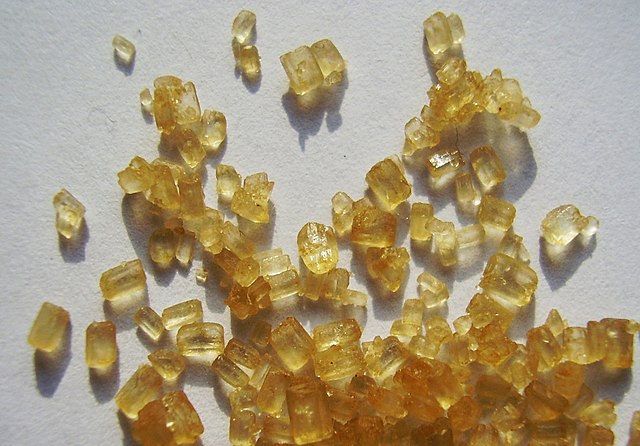A domestic surplus and a syrup import ban by China face Asia’s sugar export champ, the Thai sugar industry.
To control oversupply, prices and pollution, the Office of the Cane and Sugar Board (OCSB) has restricted sugarcane burning during harvesting.
The board will be screening cane cargo for burning traits to help control the emission of PM2.5 dust particles. These combustion particles are bigger than dust and float longer than other matter in the air.
Farmers usually resort to burning the lower stems of the canes to expedite the harvest when cutting gets tedious.
In instituting the combustion curbs, Thailand is also seeking to reduce the rushing of canes to mills so as to buy time against rising output. Cane sugar production is nearing 90 million tonnes in the 2024-25 season from the 83 million tonnes of the 2023-24 season.
A similar international surplus has lowered global sugar prices to US¢17 per pound in January 2025, from US¢22 in 2024.
Sugar Syrup Suspension
Other than the international price effect, the Thai sugar industry is nursing China’s suspension of syrup sugar imports late 2024. Beijing cites poor aseptic hygiene as the reason for the stoppage.
With Thailand supplying China record 1.2 million tonnes of sugar syrup in 2024, this moratorium comes as a blow.
Businessmen who rely on this lucrative destination for liquid sugar exports already foresee losses of a billion baht ($29.5 million).
Since December 2024, some of the liquid sugar and powder mix shipments have been lying idle in ports in China.
This has precipitated bilateral negotiations, given that port encroachment in a foreign country usually attracts fines on the exporter.
Locally, millers claim to have hygiene certifications and are ready for inspections, according to the Thai Sugar Millers Association.
So, a surplus at home and a ban abroad are some of the big issues facing the top sugar exporter in Asia. A glance at the statistics below however shows that the country’s sugar sector is no underdog in global terms.
Thai Sugar Statistics
Thailand alternates as the fourth or fifth biggest sugar producer worldwide and the second biggest exporter. In 2022, production hit over 13,000,000 tonnes while exports amounted to 9,500,000 tonnes, with the exports the second highest globally. This means that the country exports over 90% of its sugar.
Has sugar production in Thailand improved between 2019 and 2022?
FAOSTAT figures show that raw cane sugar processed volume in Thailand in 2022 amounted to 13,381,808 tonnes. This is an improvement from five years back in 2022 when production had touched 7,600,000 tonnes.
Is the Thai sugarcane area extensive?
Like sugar volumes, the sugarcane area and production have both expanded in recent years. Production alone increased from 92,162,370 tonnes in 2022 to 93,981,770 tonnes in 2023. This is even as acreage expanded from 1,427,200 hectares in 2022 to 1,638,400 hectares in 2023.
When did Thailand see boom in sugar syrup exports to China?
According to the U.S. Department of Agriculture (USDA), sugar syrup exports by Thailand to China took wings between January and August 2020. During these eight months, they increased 12 times more than in the January-August 2019 timeline. Since then, the exports have been expanding rapidly. While the 2015 shipment volume to China was just 569 tonnes, in 2019 the total had reached 106,592 tonnes.
